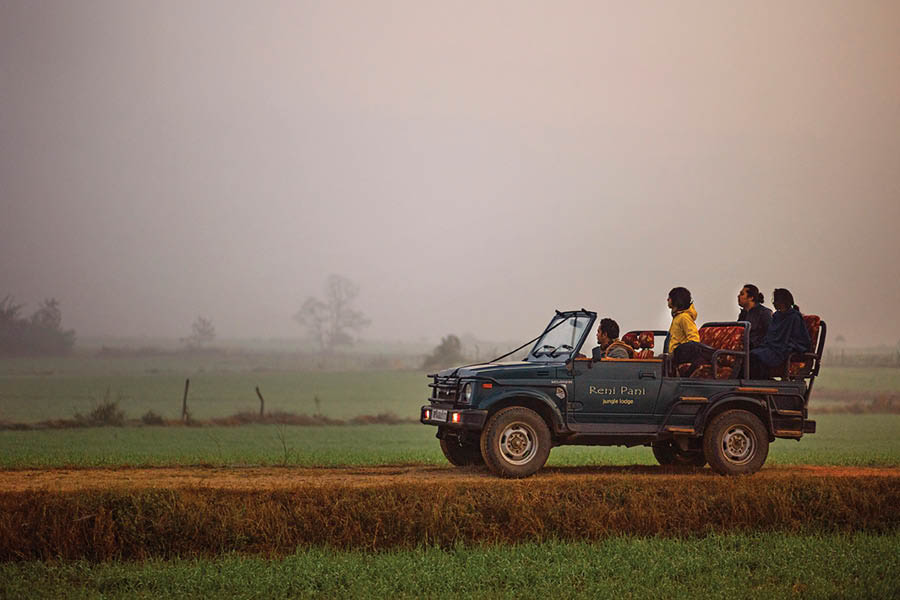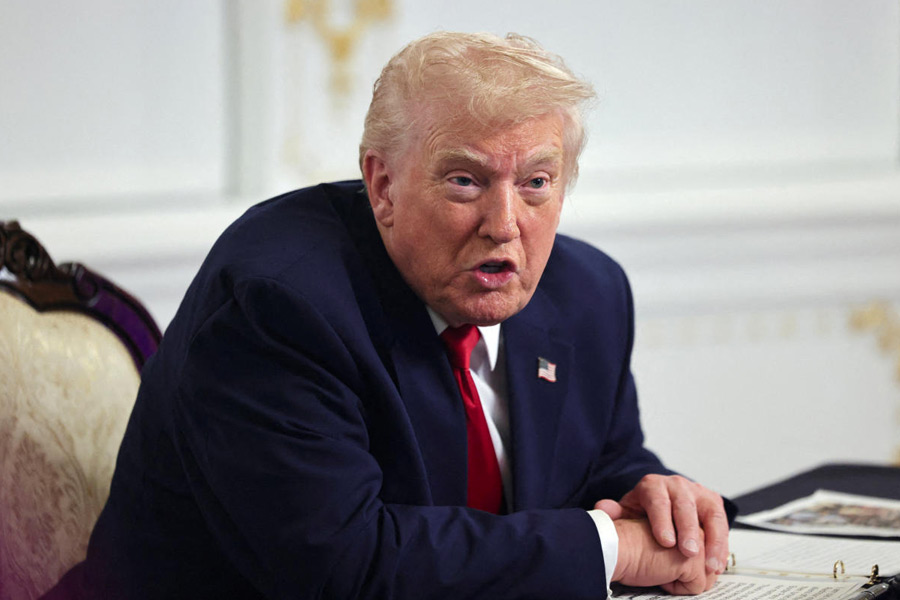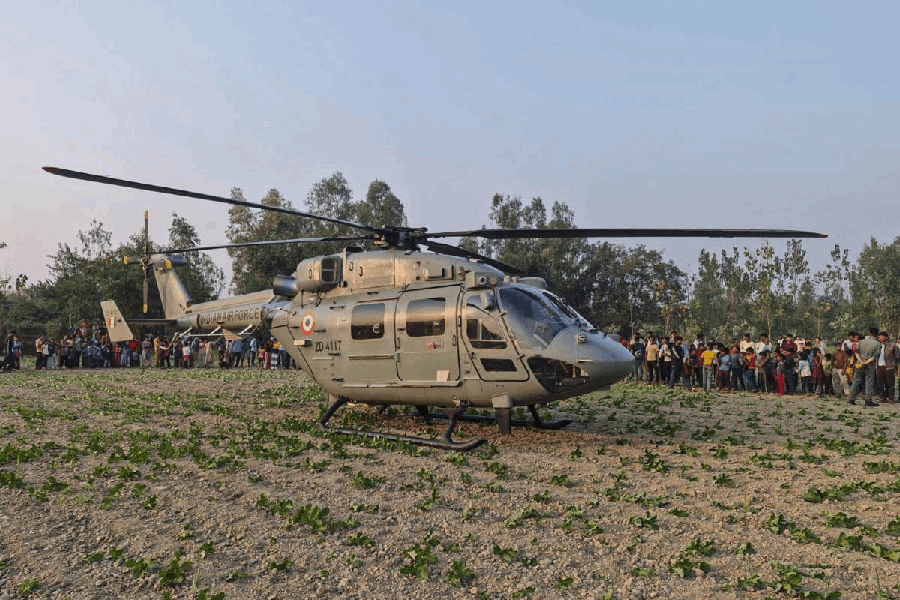Karnataka Forest, Ecology and Environment Minister Eshwar B Khandre has said that he instructed biological parks officials to install mesh on the windows and photography holes of all safari vehicles.
The minister issued the notification immediately after a leopard entered a safari vehicle at the Bannerghatta National Park (BNP) in Bengaluru on August 15.
The leopard had scratched a 12-year-old boy before it could be chased out of the vehicle.
BNP's leopard safari enclosure, launched last year, covers 20 hectares and is India's largest leopard safari featuring semi-wild leopards, mostly rescued from in and around Bengaluru.
Khandre said he had instructed the officials to take all necessary precautionary measures during the safari and to give appropriate warnings to tourists and to print a warning message on the safari ticket itself.
In January, a viral video from Kaziranga National Park showed a woman and child falling in front of a charging rhino, raising serious concerns about tourist safety and the carrying capacity of jeeps.
Similar footage from Maharashtra, where jeeps cornered a tigress and her cubs, exposed lax enforcement against disturbing wildlife. The Bombay High Court earlier this year had taken suo motu cognisance of the Maharashtra incident and sought a report from the Principal Chief Conservator of Forests.
The court’s intervention followed viral videos on social media that revealed a distressing scenario: safari vehicles crowding the tigress, identified as F-2, and her cubs from both sides of the road in the buffer zone, forcing the animals into a state of agitation.
National parks are primarily meant to protect endangered species, with tourism allowed in limited areas to promote awareness and support conservation.
However, mismanaged tourism threatens animal safety and tourist security too. Strict rule enforcement and educating drivers and visitors are very crucial to ensure wildlife feel safe in their natural habitat.










